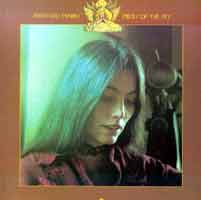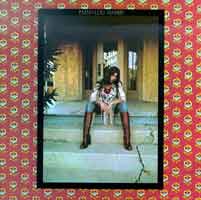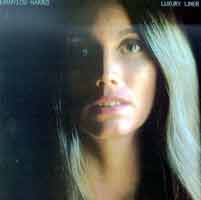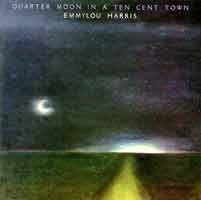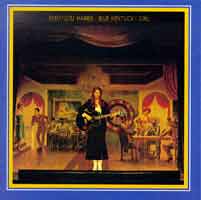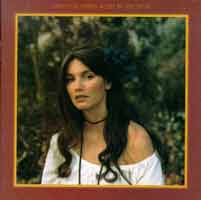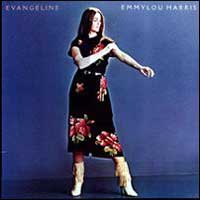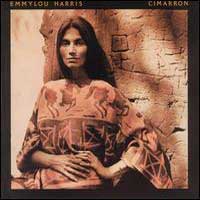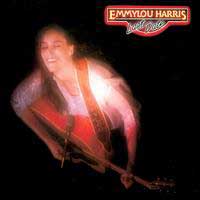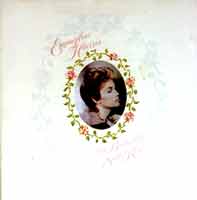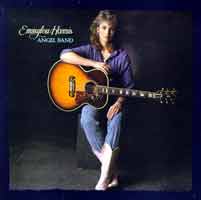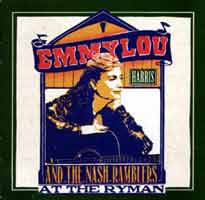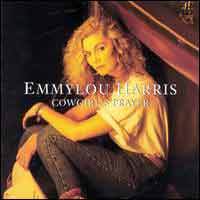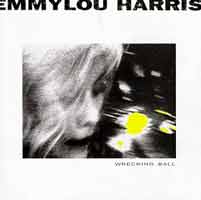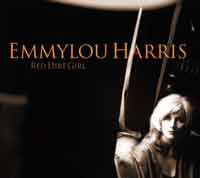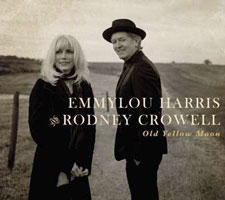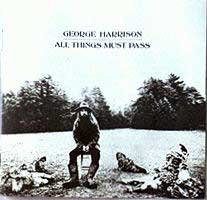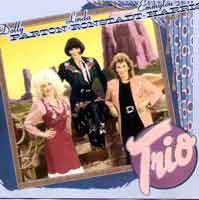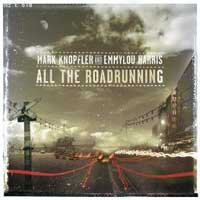|
Strahlend abgeklärtes Studiowerk der einzig wahren Stil-Ikone des Country, ihr drittes Album für Nonesuch, das Label, das inzwischen ihre musikalische Heimat, ihr Hafen geworden ist. Fünf Jahre sind seit dem herrlichen Stumble Into Grace vergangen, vier Jahre ließ sich die seit mehr als 4 Dekaden prägend wirkende Künstlerin Zeit, um an den 13 neuen Songs zu feilen und so ein Harris-Album zu schaffen, das die verschiedensten Qualitäten ihrer Aufnahme-Geschichte in sich vereint.
Brian Ahern, der Produzent, der sie zu Beginn ihrer Karriere über elf Alben betreute, ist an ihre Seite zurückgekehrt; als Gäste hinterlassen Weggefährten wie Dolly Parton, John Starling, Mike Auldridge, Glenn D. Hardin, Bill Payne, die McGarrigle-Schwestern, Vince Gill und Bill Payne ihre Spuren. Musikalisch wählte sie die beste aller möglichen Mischungen: Ganz leise durchzieht die musikalische Freiheit von Wrecking Ball die 13 Songs wie ein roter Faden, aber die wohlgewählte Melange aus klassischen Coverversio-nen, Fremdwerk-Überraschungen und Harris-Originalen wird vornehmlich geprägt von der gelassenen, erfahrungsreichen Wurzelreinheit ihrer klassischen Alben. Umringt von einem meisterlich interpretierten und inszenierten Instrumental-Gewand aus A- und E-Gitarren, Slide Guitar und Pedal Steel, Dobro, Mandoline, Banjo und Fiddle erstrahlt die Stimme eines Engels, mal in intensiver Einsamkeit, mal im herzerwärmenden Duett, mal in in Jahrzehnten der Bluegrass-Erfahrung geschulten mehrstimmigen Gesangssätzen. Und wenn Werke wie Hold On (Jude Johnston), Moon Song (Patty Griffin), Broken Man's Lament (Mark Germino), Old Five And Dimers Like Me (Billy Joe Shaver), Kern River (Merle Haggard) oder Beyond The Great Divide (J.C. Crowley/Jack Wesley Routh) durch diesen Gesang zu neuem Leben erweckt werden, hört man es: Diese Stimme wird immer reifer, aber älter wird sie nie.
(Glitterhouse)
|
In 1995, Emmylou Harris made a decisive break with her creative past, recording the album Wrecking Ball with producer Daniel Lanois and abandoning the traditional country purity of her best-known work for lovely but spectral musical landscapes and exploring her muse as a songwriter in a way she had never attempted before. After Wrecking Ball, Harris recorded three albums in which she made the most of her new creative freedom and honed her impressive gifts as a songwriter, but All I Intended to Be, her first new release in five years, finds her reaching back toward a sound and style that recall the country and folk influences of her earlier work. But All I Intended to Be is clearly the work of an artist who is looking to the past entirely on her own terms, and with the lessons learned since 1995 clearly audible at all times. All I Intended to Be was produced by Brian Ahern, who was behind the controls for most of her albums of the '70s and '80s, and it features a handful of session players who worked with Harris and Ahern in the past, while Harris' occasional partner in harmony Dolly Parton contributes backing vocals to "Gold" (as does Vince Gill). The album's largely acoustic textures manage to sound both homey and fresh; if the melodies and the arrangements nod politely to traditional country sounds (and hold hands on "Gold"), the space in the production and the unpretentious artfulness of the songs reflect an intelligence and restraint largely absent from country music in the new millennium. Harris wrote or co-wrote six of these 13 songs, leaving more room for covers than on Red Dirt Girl or Stumble into Grace, but the tone of the album is consistent throughout, and she brings a streamlined passion to material by Patty Griffin, Billy Joe Shaver, and Merle Haggard that makes them her own. (Harris also writes and sings several tunes with Kate and Anna McGarrigle in what continues to be a truly inspired collaboration.) And as always, the most memorable thing about All I Intended to Be is Emmylou Harris' voice; there are few singers in any genre with a greater natural skill and better instincts, and as wonderful as these songs are and as fine a band as she and Ahern have on hand, it's her glorious voice that turns these simple materials into gold, and she only improves with the passage of the years. The surfaces of this album may seem less bold than the albums that immediately preceded it, but All I Intended to Be is the work of a consummate artist who is still reaching out to new places even when she points to her creative history.
(by Mark Deming, All
Music Guide)
|
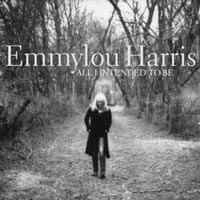 auf erweiterter Jahresliste
auf erweiterter Jahresliste  Plattentipp
Plattentipp 

